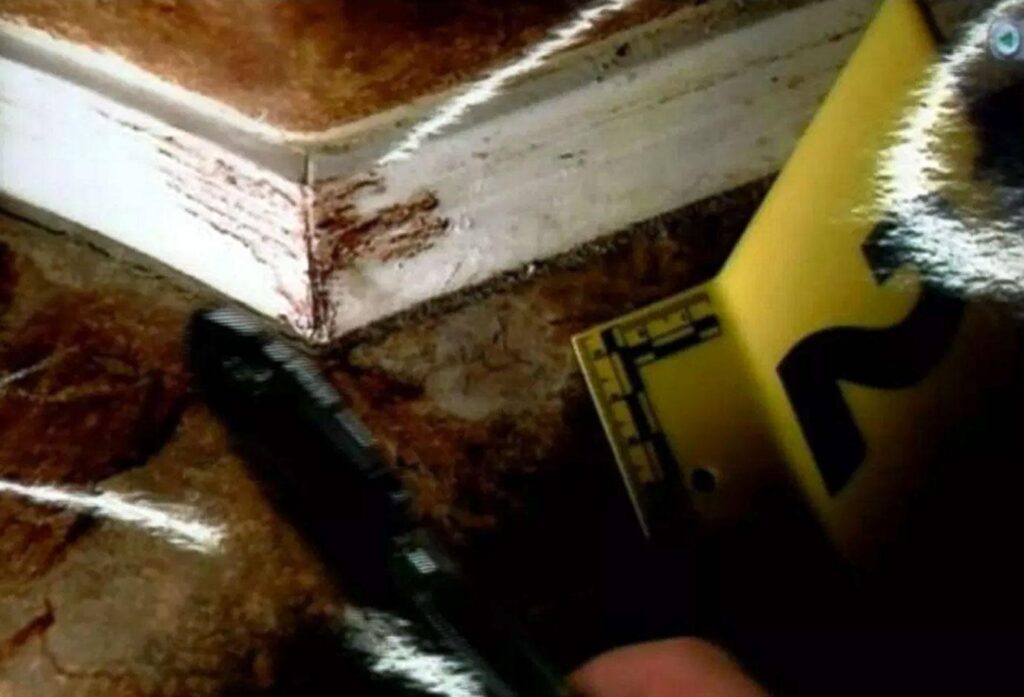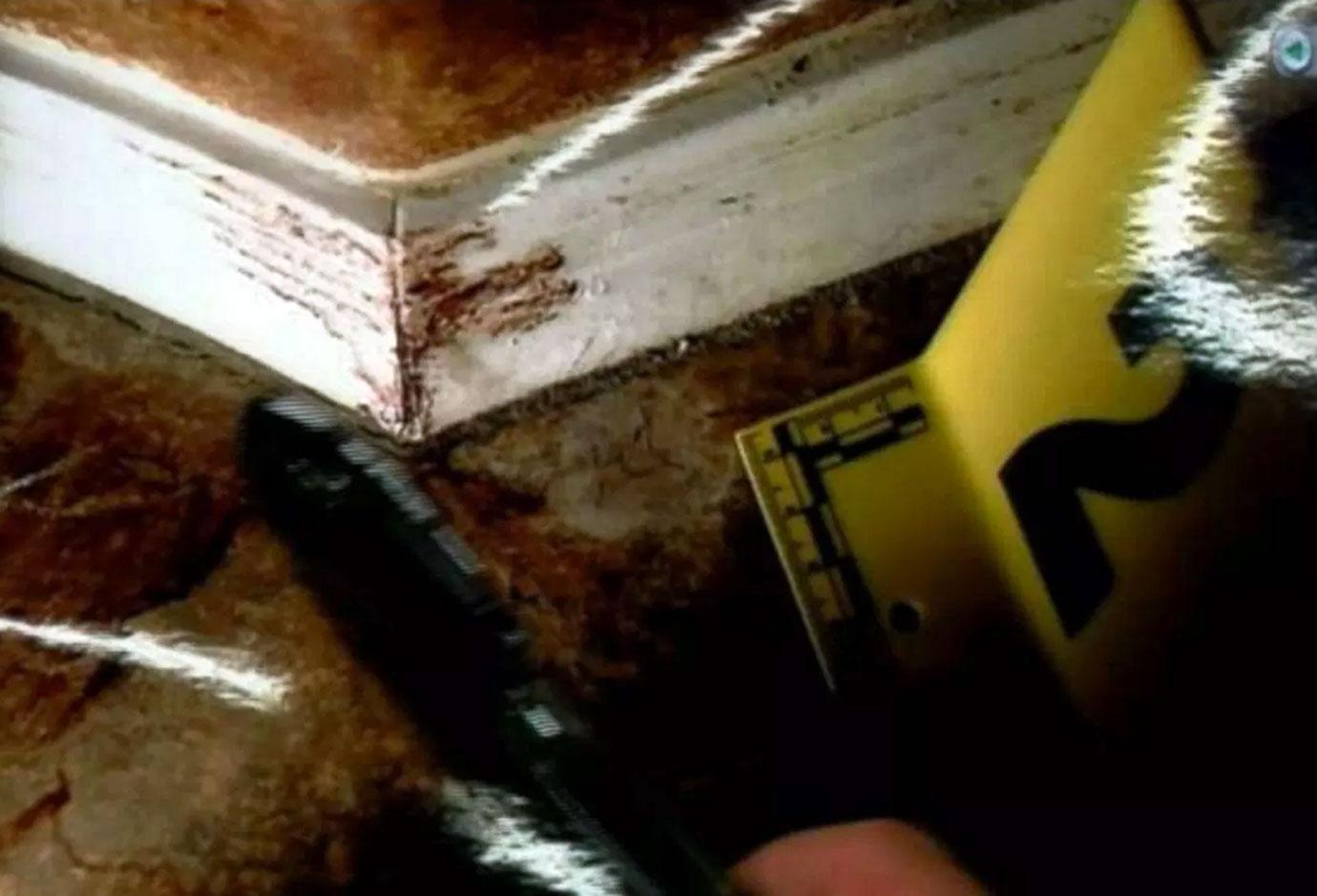
Jodi Arias Murdered Pictures: Unveiling the Truth & Exploring the Case
The Jodi Arias case remains one of the most sensational and controversial legal sagas in recent history. The brutal murder of Travis Alexander and the subsequent trial captivated the nation, raising profound questions about justice, media sensationalism, and the complexities of human relationships. This article delves into the details of the case, the evidence presented, and the lasting impact of the Jodi Arias trial, while addressing the sensitive and often disturbing nature of the “jodi arias murdered pictures” that became central to the narrative. Our aim is to provide a comprehensive, fact-based, and ethically responsible analysis, acknowledging the pain and suffering of the victim and his family.
We will explore the case from all angles, providing context and analysis that goes beyond simple summaries. This includes a deep dive into the evidence, the legal proceedings, and the psychological aspects of the case. We strive to offer a balanced and informative perspective, always prioritizing respect for the victim and sensitivity toward the graphic nature of the crime scene photos. We aim to answer your questions about the trial, the evidence, and the aftermath, providing insights that go beyond sensationalism.
Understanding the Context: The Murder of Travis Alexander
Travis Alexander, a 30-year-old motivational speaker and businessman, was found dead in his Mesa, Arizona, home on June 4, 2008. The discovery of his body initiated a complex investigation that quickly pointed to his former girlfriend, Jodi Arias. The crime scene was horrific, with Alexander suffering nearly 30 stab wounds, a gunshot wound to the head, and a slit throat. The graphic nature of the crime led to intense media scrutiny and public fascination, particularly surrounding the evidence presented in court, including the “jodi arias murdered pictures.”
The investigation revealed a tumultuous relationship between Alexander and Arias, marked by intense passion, jealousy, and ultimately, violence. Evidence uncovered by detectives suggested a premeditated plan, further fueling the media frenzy and public interest in the case.
The Relationship Between Jodi Arias and Travis Alexander
Their relationship, which began in 2006, was characterized by intense periods of intimacy followed by breakups and reconciliations. Friends and family described a volatile dynamic, with Arias exhibiting possessive and controlling behavior. Alexander, while seemingly devoted at times, also expressed concerns about Arias’s emotional instability.
Text messages, emails, and personal journals revealed a complex web of emotions, resentments, and conflicting desires. These communications provided crucial insights into the couple’s state of mind leading up to the murder and were instrumental in building the prosecution’s case.
The Evidence: Jodi Arias Murdered Pictures and Beyond
The evidence presented at trial was extensive and graphic. The “jodi arias murdered pictures,” depicting the crime scene and Travis Alexander’s body, were particularly disturbing and played a significant role in shaping public perception of the case. These images, while difficult to view, were crucial for the prosecution in demonstrating the brutality of the crime and establishing Arias’s guilt.
Beyond the crime scene photos, other key pieces of evidence included:
* **A camera found at the scene:** This camera contained incriminating photos, including one taken moments before Alexander’s death, depicting him in the shower and Arias present.
* **Arias’s changing stories:** Arias initially denied any involvement in the murder. Later, she claimed she was present but acted in self-defense. These inconsistencies undermined her credibility and strengthened the prosecution’s argument.
* **DNA evidence:** DNA evidence linked Arias to the crime scene, further solidifying her connection to the murder.
The Significance of the Crime Scene Photos
The “jodi arias murdered pictures” were not simply sensational images; they were crucial pieces of forensic evidence. They provided a detailed record of the crime scene, allowing investigators to reconstruct the events that led to Alexander’s death. The number and nature of the wounds, as depicted in the photos, suggested a level of rage and violence that contradicted Arias’s claim of self-defense. Leading forensic experts suggested the nature of the wounds indicated a prolonged and brutal attack.
The defense argued that the photos were prejudicial and intended to inflame the jury. However, the judge ruled that the photos were admissible as evidence, finding that their probative value outweighed their potential for prejudice.
The Trial: A Media Spectacle
The Jodi Arias trial became a media sensation, attracting intense coverage from news outlets around the world. The trial was broadcast live, allowing the public to follow every twist and turn of the proceedings. The graphic nature of the evidence, combined with Arias’s often-emotional testimony, fueled public interest and debate.
The trial lasted for months, with Arias taking the stand for several days to defend herself. Her testimony was often contradictory and evasive, further damaging her credibility. The prosecution presented a compelling case, highlighting the inconsistencies in Arias’s story and the overwhelming evidence of her guilt.
Key Moments in the Trial
* **Arias’s Testimony:** Her shifting narratives and emotional outbursts captivated and repulsed the public.
* **Cross-Examination:** The prosecution’s relentless cross-examination exposed flaws in Arias’s defense and highlighted inconsistencies in her story.
* **Expert Witness Testimony:** Forensic experts provided detailed analysis of the evidence, further supporting the prosecution’s case.
The Verdict and Sentencing
After a lengthy trial, the jury found Jodi Arias guilty of first-degree murder. However, the jury was unable to reach a unanimous decision on sentencing, leading to a mistrial on the penalty phase. A second jury was empanelled to determine whether Arias should receive the death penalty. This jury also deadlocked, resulting in a life sentence without the possibility of parole. This outcome reflected the complex emotions and opinions surrounding the case.
The sentencing brought a degree of closure to the Alexander family, but the pain of their loss remains. The Jodi Arias case serves as a stark reminder of the devastating consequences of domestic violence and the complexities of the criminal justice system.
Ethical Considerations: Responsible Reporting on Graphic Content
It is crucial to approach discussions about the “jodi arias murdered pictures” with sensitivity and respect for the victim and his family. Sensationalizing the crime or exploiting the graphic images for entertainment purposes is unethical and harmful. Responsible reporting focuses on providing factual information, analyzing the legal and social implications of the case, and avoiding gratuitous depictions of violence.
The Impact on the Alexander Family
The Alexander family has endured unimaginable pain and suffering as a result of Travis’s murder and the subsequent trial. It is essential to remember that they are the victims in this tragedy and to treat them with compassion and respect. Sensationalizing the crime only adds to their pain and perpetuates the cycle of violence.
Jodi Arias: Psychological Analysis
Psychologists and criminal profilers have offered various interpretations of Jodi Arias’s behavior and motivations. Some suggest she may suffer from Borderline Personality Disorder or other psychological conditions that could explain her actions. These analyses attempt to understand the underlying factors that may have contributed to the crime, but they do not excuse or justify her actions.
The Role of Mental Health in Criminal Cases
The Jodi Arias case highlights the complex interplay between mental health and criminal behavior. While mental illness is not a defense for murder, it can provide context and insight into the motivations and actions of the perpetrator. Understanding the psychological aspects of the case can help us to better understand the complexities of human behavior and the factors that contribute to violence.
The Lasting Impact of the Jodi Arias Case
The Jodi Arias case has had a lasting impact on the legal system, the media landscape, and public perception of crime and justice. The trial raised important questions about the role of the media in sensationalizing criminal cases, the challenges of prosecuting domestic violence cases, and the complexities of sentencing.
Lessons Learned from the Trial
* **The Importance of Forensic Evidence:** The Jodi Arias case demonstrated the crucial role of forensic evidence in solving crimes.
* **The Challenges of Domestic Violence Cases:** The case highlighted the difficulties of prosecuting domestic violence cases, particularly when there are no eyewitnesses.
* **The Impact of Media Coverage:** The case underscored the power of the media to shape public opinion and influence the outcome of legal proceedings.
Q&A: Addressing Common Questions About the Jodi Arias Case
Here are some frequently asked questions about the Jodi Arias case:
1. **What was Jodi Arias’s motive for killing Travis Alexander?** Arias’s motive remains a subject of debate. The prosecution argued that she killed Alexander out of jealousy and possessiveness. The defense claimed she acted in self-defense after Alexander abused her.
2. **What was the key evidence that led to Jodi Arias’s conviction?** The key evidence included the crime scene photos, the camera found at the scene, Arias’s changing stories, and DNA evidence linking her to the murder.
3. **Why was the jury unable to reach a unanimous decision on sentencing?** The jury deadlocked on sentencing due to differing opinions on whether Arias deserved the death penalty. Some jurors believed she was a victim of abuse and deserved leniency, while others felt she was a cold-blooded killer who deserved to die.
4. **What is Jodi Arias doing now?** Jodi Arias is currently serving a life sentence without the possibility of parole in an Arizona prison.
5. **Has Jodi Arias ever expressed remorse for killing Travis Alexander?** Arias has expressed varying degrees of remorse over the years. At times, she has apologized to the Alexander family, while at other times she has maintained her innocence or minimized her role in the murder.
6. **How did the media coverage affect the outcome of the trial?** The intense media coverage likely influenced public opinion and created a challenging environment for both the prosecution and the defense. Some argue that the media sensationalism made it difficult for Arias to receive a fair trial.
7. **What are the legal precedents set by the Jodi Arias case?** The Jodi Arias case did not set any major legal precedents, but it did highlight the importance of forensic evidence, the challenges of domestic violence cases, and the impact of media coverage on legal proceedings.
8. **What psychological factors may have contributed to Jodi Arias’s actions?** Some experts suggest that Jodi Arias may have suffered from Borderline Personality Disorder or other psychological conditions that could have contributed to her actions. However, these are just theories, and there is no definitive diagnosis.
9. **What is the Alexander family’s perspective on the Jodi Arias case?** The Alexander family has expressed their grief and outrage over Travis’s murder. They have also criticized Arias for her lack of remorse and her attempts to manipulate the legal system.
10. **Are there any books or documentaries about the Jodi Arias case?** Yes, there are several books and documentaries about the Jodi Arias case, offering different perspectives on the events and the people involved.
Conclusion: Seeking Understanding, Not Sensationalism
The Jodi Arias case, particularly the sensitive issue of “jodi arias murdered pictures,” is a complex and tragic story that continues to fascinate and disturb. It serves as a stark reminder of the devastating consequences of violence and the importance of seeking justice for victims. While the details of the case are often sensationalized, it is essential to approach the topic with sensitivity, respect, and a commitment to understanding the underlying issues.
We hope this comprehensive analysis has provided valuable insights into the Jodi Arias case, the evidence presented, and the lasting impact of the trial. Remember to approach sensitive topics with caution and respect, and always prioritize the well-being of the victims and their families. Share your thoughts and experiences in the comments below, but please maintain a respectful and compassionate tone.

